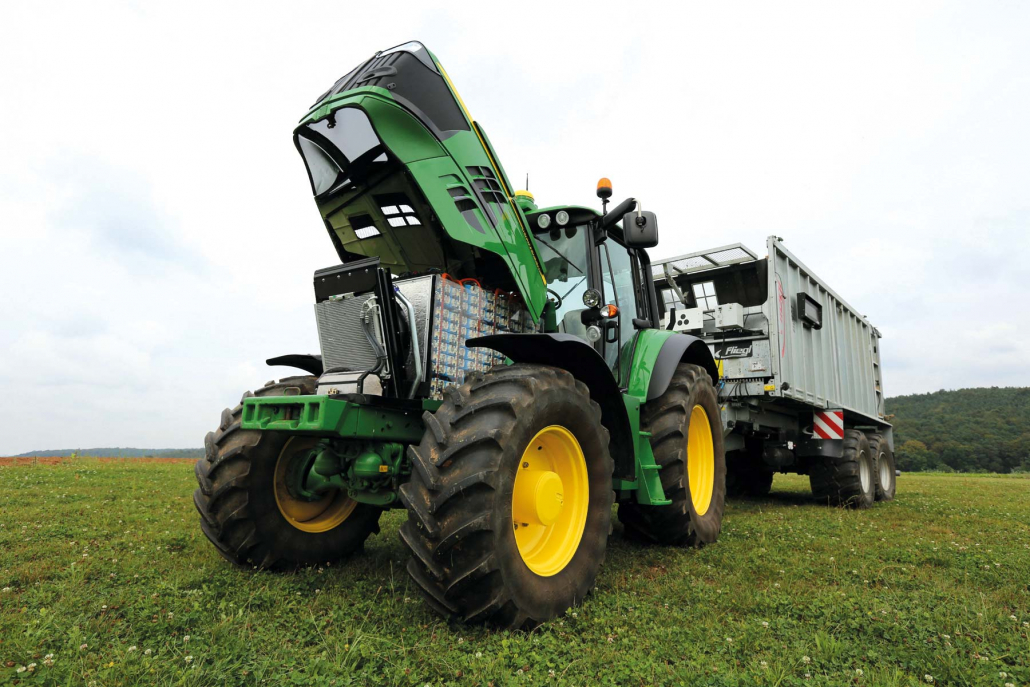Electric Farming Equipment and Harvest Safety

In 2017, John Deere showcased the first, fully battery-powered tractor. Nicknamed SESAM, for Sustainable Energy Supply for Agricultural Machinery, this all-electric tractor is modeled after John Deere’s 6r series tractors.
The 21st century has brought about major advances in agricultural technology including real-time crop monitoring by drones, robotic milking and weeding machines and autonomous tractors.
Now we are seeing a new trend for farming equipment develop as more farmers switch from fossil-fuel-powered equipment to battery-powered equipment. Built on the idea of beneficial electrification, switching to an electric end-use technology can save users money over time, benefit the environment, improve consumer quality of life, and foster a more robust electric grid.
Replacing diesel motors with electric motors provides many benefits. High-efficient electric motors can operate at 90% efficiency, which helps to provide cost savings over time, compared to inefficient diesel motors that only operate at 30% to 40% efficiency. Farmers can simply plug in the electric equipment without needing to refill a diesel tank. One of the greatest benefits of electric motors is they do not emit fumes like diesel motors, which means farmers will breathe in cleaner air around them. Overall, electric motors are cleaner, quieter and easier to maintain.
John Deere showcased the first, fully battery-powered tractor in 2017 at SIMA, an international agribusiness tradeshow in Paris. The emissions-free tractor runs at a lower noise level than other traditional tractors and operates using two independent electric motors. Electrifying the tractor simplifies the moving parts and reduces the need for maintenance. Additionally, other major manufacturers, including Deutz and AGCO, have invested substantial resources into electric tractor development, each perfecting their own model.
Harvest Safety
It’s important to remember that farm machinery, regardless of how it’s powered, is vulnerable to hitting power lines because of its large size, height and extensions. One critical part of safety around electricity is awareness.
Putting safety first requires alertness, focus and knowledge of potential hazards and safety steps. Farmers should stay focused on the location of farming equipment and be ready to take action if necessary. Using a spotter and deployed flags to maintain a 10-foot clearance around power lines — and other electrical equipment — can reduce potential hazards. Additionally, if the equipment makes contact with an energized or downed power line, farmers should contact Dakota Electric immediately at 651-463-6201 and remain inside the vehicle until the power line is de-energized.
Our nation’s farmers have worked for generations in fields across the country. They have seen how farming equipment has improved over the decades to increase efficiency, as well as the electrical hazards associated with field operations. As we move toward a more electrified agricultural landscape in the coming years, let’s not forget our commitment to electric safety.


